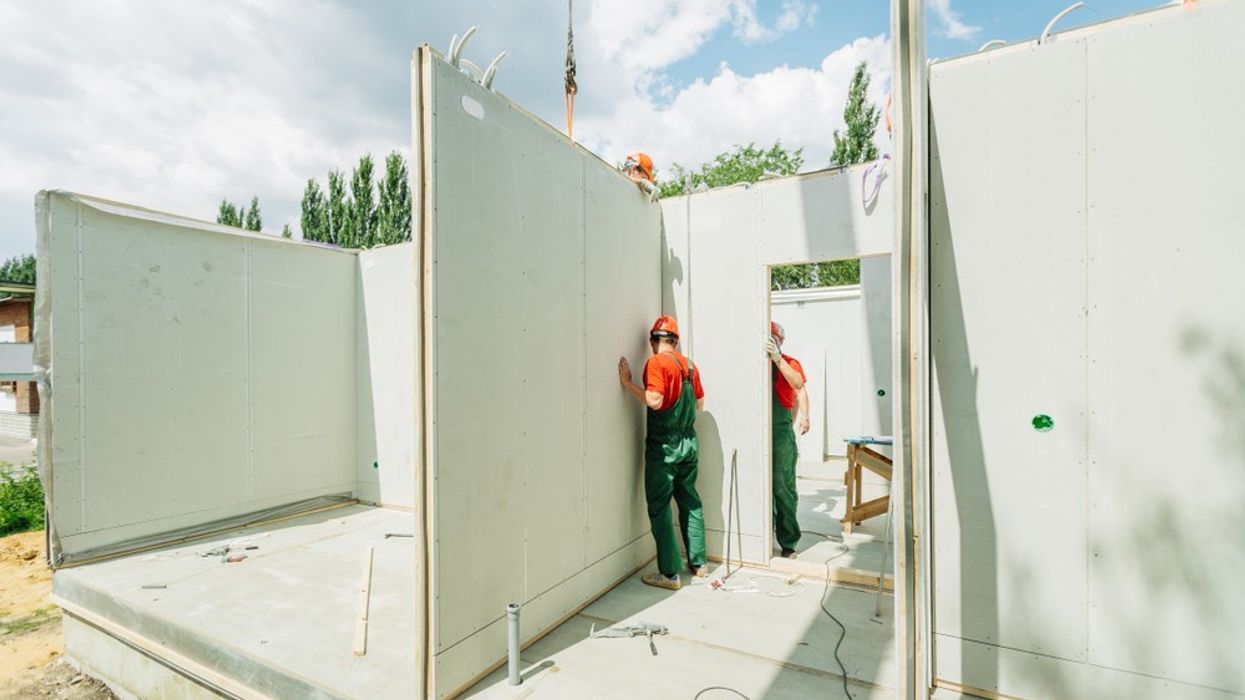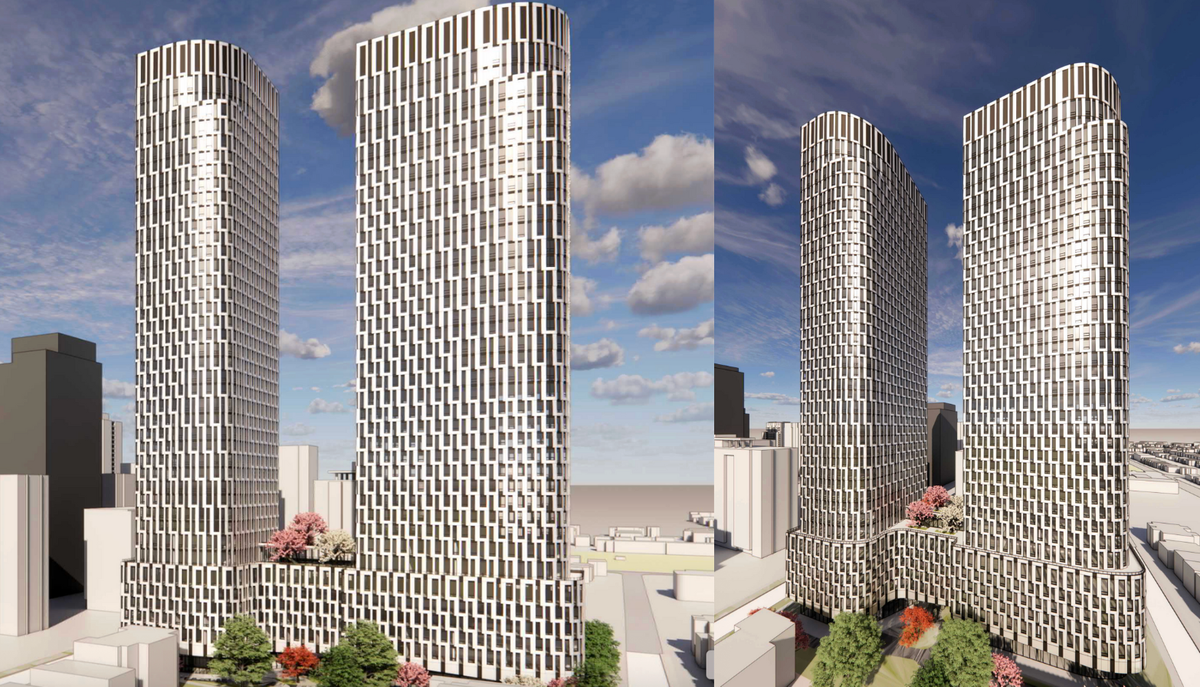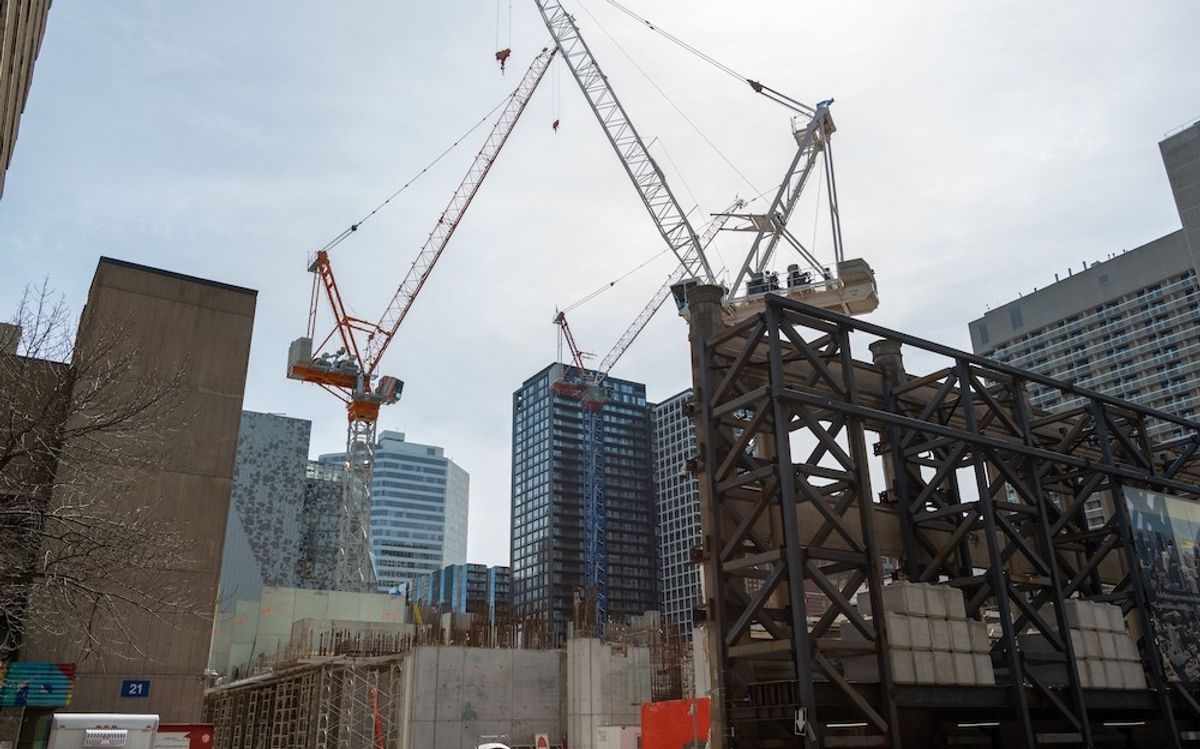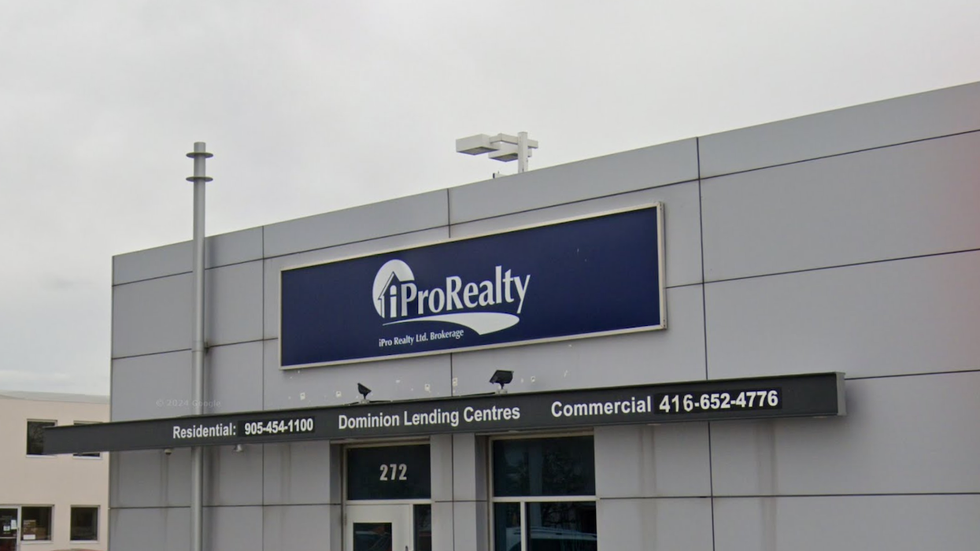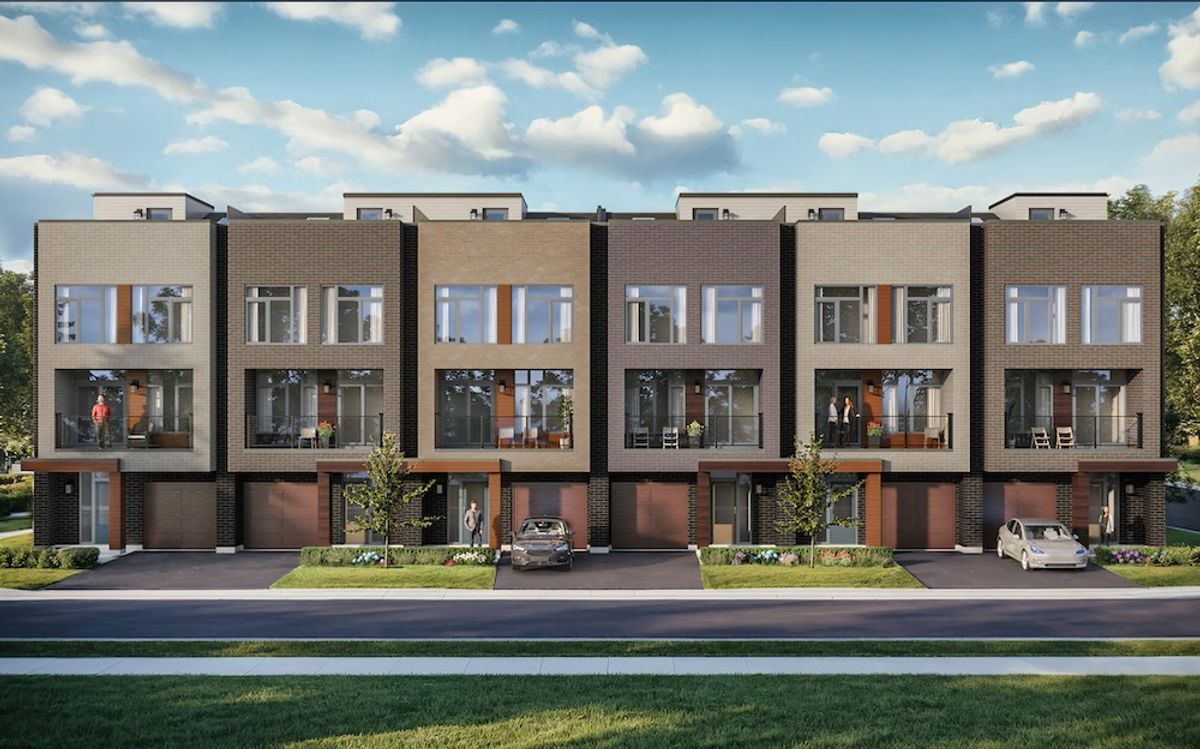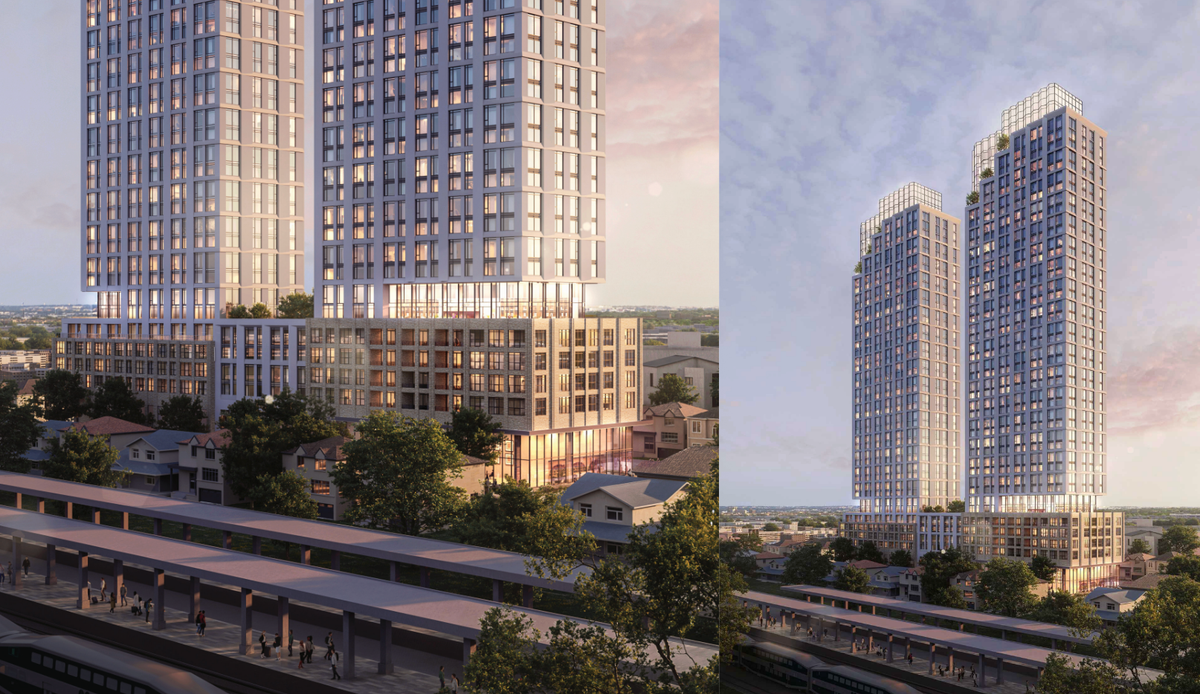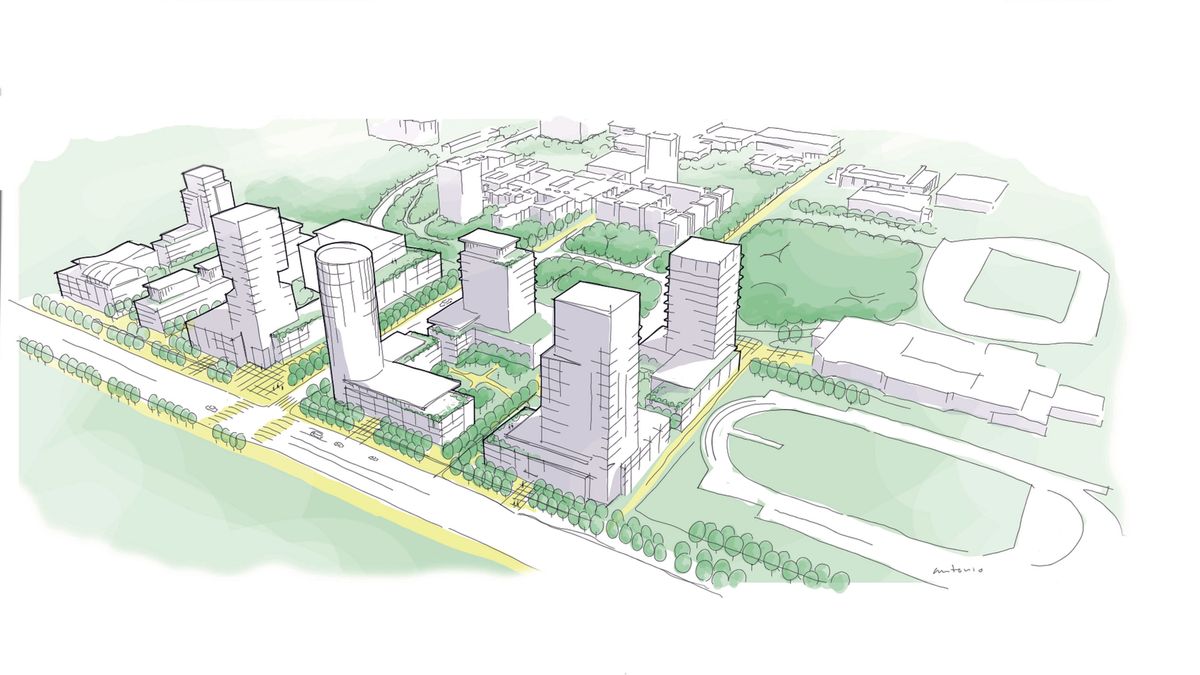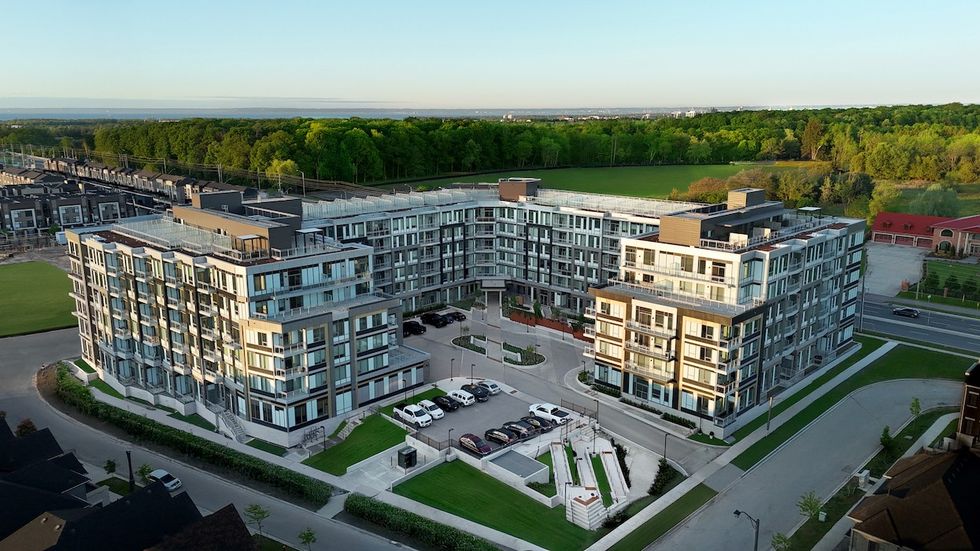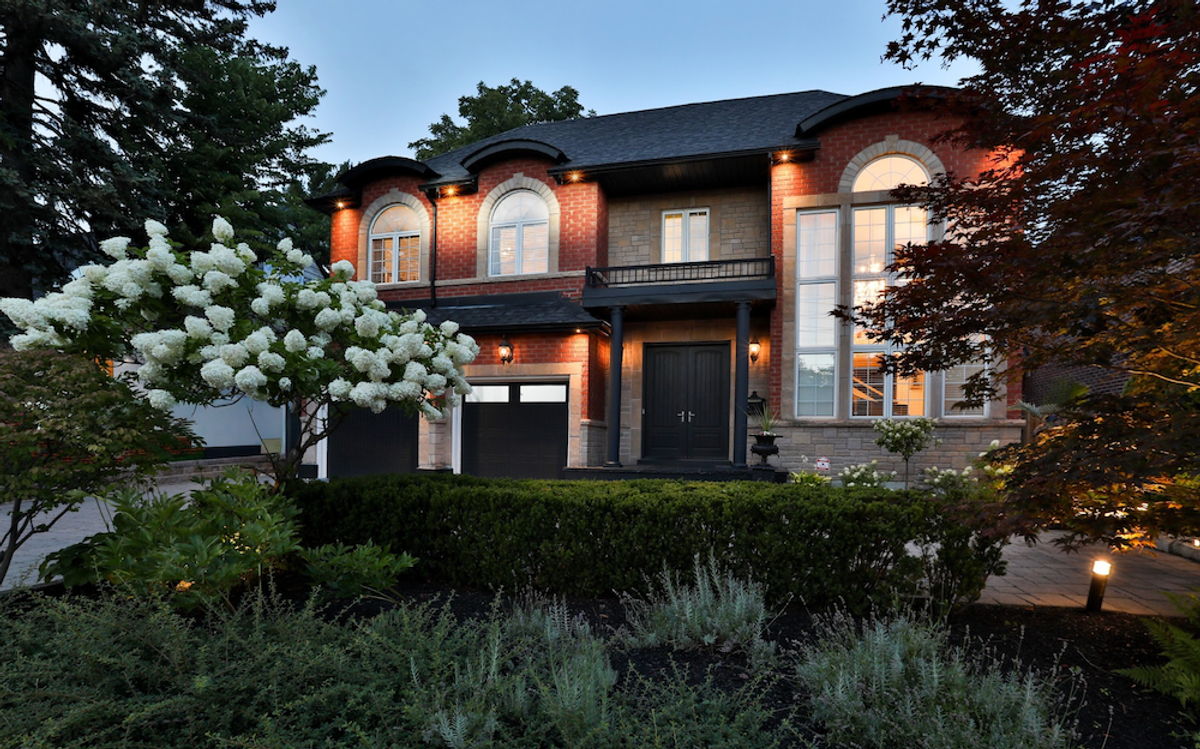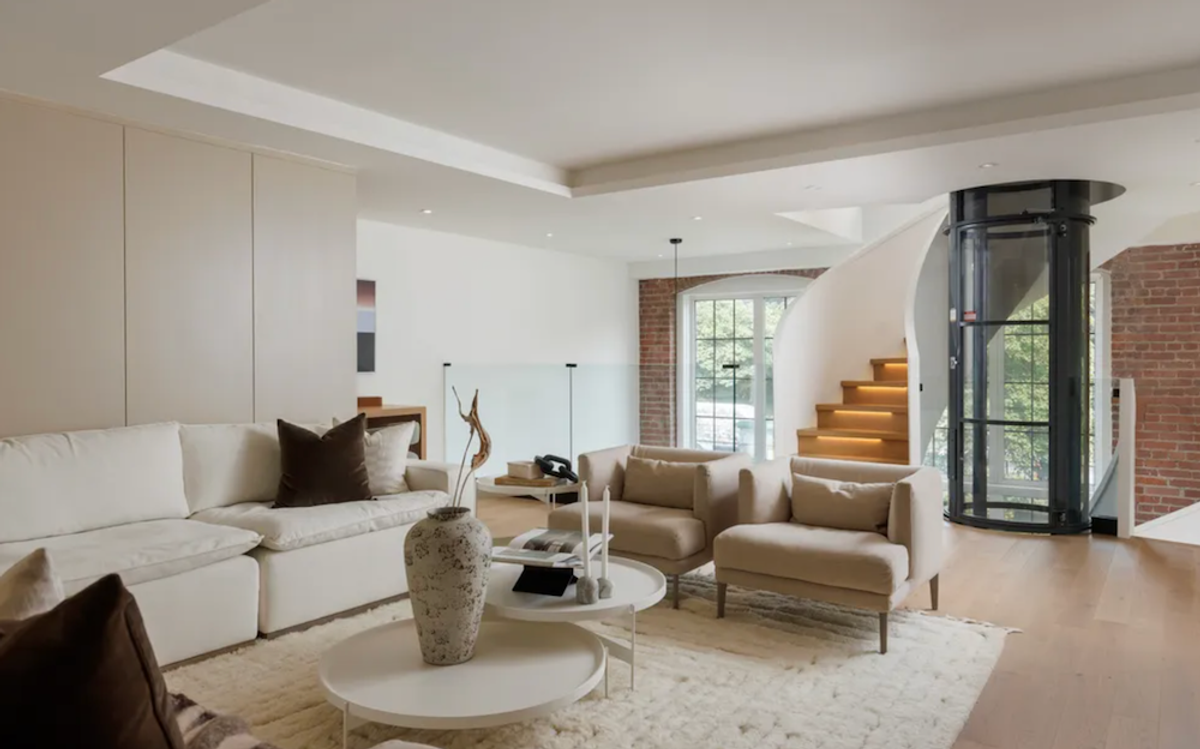There’s a growing buzz around prefabricated housing — factory-built homes that promise faster, cheaper, and more predictable construction.
Governments are funding prefab, developers are testing it, and headlines are hailing it as a key to unlocking Canada’s chronic housing gridlock. But is it the solution we’ve been waiting for? Or is it just a sleek distraction from the real barriers standing in the way of meaningful progress?
READ: Love It Or Loathe It: Condo Fury Vs. Tiny Home Glory
The theory behind prefab construction certainly has its advantages. In a conventional build, you need to finish your foundation before framing can begin. With prefab, wall panels, floor assemblies, and even entire modules can be fabricated off-site while excavation and concrete work happen in tandem. That parallel process trims months off a build schedule — which is especially important in a market where time is (literally) money.
And then there’s the predictability. Prefab construction brings a level of precision, cost control, and scheduling certainty that site-built housing often struggles to match. For developers navigating razor-thin margins and labor shortages, that’s a compelling offer.
The Canadian federal government seems to think so, too. Under the new Liberal leadership of Mark Carney, billions in public funds have been earmarked for innovation in housing, with a particular emphasis on scaling up prefab construction. The plan — part of a broader housing affordability strategy — promises to reduce permitting timelines, streamline modular approvals, and invest in domestic manufacturing capacity for prefab systems. The vision is bold: increase housing supply and deliver new homes faster than traditional methods allow.
But for all its promises (many of which we have heard before), prefab is not a silver bullet. And the biggest issues contributing to Canada’s housing crisis actually have little to do with build timelines or weather delays.
The reality is, prefab isn't cheaper to build — or buy. In fact, it can cost more on a per-unit basis, especially in the low- to mid-rise typologies dominating most infill and suburban growth. The initial investment in manufacturing infrastructure, transportation logistics, and craning requirements can quickly erode the savings that stem from faster build times.
I know this firsthand. After spending my career in multi-family development, I took a chance and built a prefab home for my own family. The decision made sense on paper: schedule certainty, modern design, and faster delivery. But in practice, the project went well over schedule and budget — despite the fact it was assembled on site in days.
Shipping and crane costs far exceeded estimates. On-site issues emerged that weren’t visible (or even considered) during the factory build. City approvals were delayed because municipal staff were unfamiliar with the prefab process. When it came time to get warranty coverage, there was no clear path to qualify under the typical 2-5-10 program. And annual insurance premiums remain higher today, because providers struggle to price a risk they don’t fully understand. Oversight and compliance regimes simply haven’t caught up to this new method of construction — and when they do, prefab will likely become even more expensive to price them in.
More importantly, prefab doesn’t change the systemic cost burdens plaguing housing delivery today. The largest line items in any pro forma aren’t drywall or concrete — they’re municipal development cost charges, accessibility mandates, energy performance requirements, and social housing and other contributions. These costs, often layered and opaque, can amount to hundreds of thousands of dollars per unit before a single wall is raised. And none of them are reduced by whether a building was assembled in a factory or on-site.
"The largest line items in any pro forma aren’t drywall or concrete — they’re municipal development cost charges, accessibility mandates, energy performance requirements, and social housing and other contributions.”
Let’s be clear: innovation in construction is vital. Canada has underinvested in building technology for decades, and there’s no doubt that modern methods — modular, prefab, or otherwise — should play a larger role in future housing supply. However, the Carney plan, despite being catchy, won’t solve a crisis rooted in land use policy, regulatory friction, and cost inflation fueled primarily by government policies around taxation and building code.
Where I can applaud the approach, and look to support further exploration, is in the idea of investing in housing innovation. For a government that has been accused of disincentivizing investment — be it through capital gains tax increases, or through the public criticism and attack against “speculators”, “profiteers” and the like in housing — it is a welcome change to hear talk that they now wish to support Canadian housing investment.
As a software CEO I’ve made it a practice to identify problems before trying to design a solution. In software, some of the very best solutions fail if they don’t solve a real problem. So, my proposal would be to revert those funds and that energy around “investing” into solving the problems that we know exist — and that we know are at the core of the housing crisis. I propose they start with answering the following questions:
- How might we reduce municipal tax burdens and extractions on housing whilst providing new ways to support local governments in the infrastructure burdens that come with growth?
- How might we innovate our provincial and federal building codes to reduce the cost of construction of any type of housing? Prefabricated or otherwise?
- How might we support the industry of experienced developers, and their vendors, to take the risk on large investments? And how might we encourage investment from buyers to support more building?
There are many other “how might we” inquiries that we could establish around the primary crisis issues requiring innovation and investment that are more likely to move the dial. Until we reform the layered, conflicting, and ever-expanding government cost regimes — and until we align public goals with economic realities — we will keep producing headlines, not housing.
Prefab is a step forward. But it won’t fix a broken system. For that, we need to be willing to address the largest costs, which are those driven by the governments themselves.
If anyone working on the housing file in any level of government happens to be reading: AVESDO is the leading new home transaction management software in Canada. We arguably see the highest number of sales through our system, giving us one of the best perspectives on what is happening in new home development.
Our Kinsman consulting division would be keen to help you understand the business and support in developing effective solutions to this crisis. Contact one of our advisors today.
This article is authored by Ben Smith, President of AVESDO: a Canadian software company harnessing the power of data to help real estate professionals make better, faster, and more informed sales decisions.
______________________________________________________________________________________________________________________________
This article was produced in partnership with STOREYS Custom Studio.
